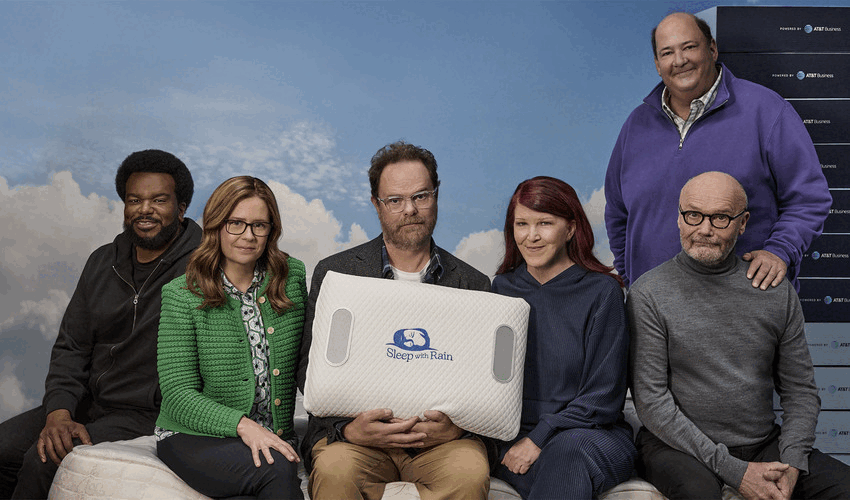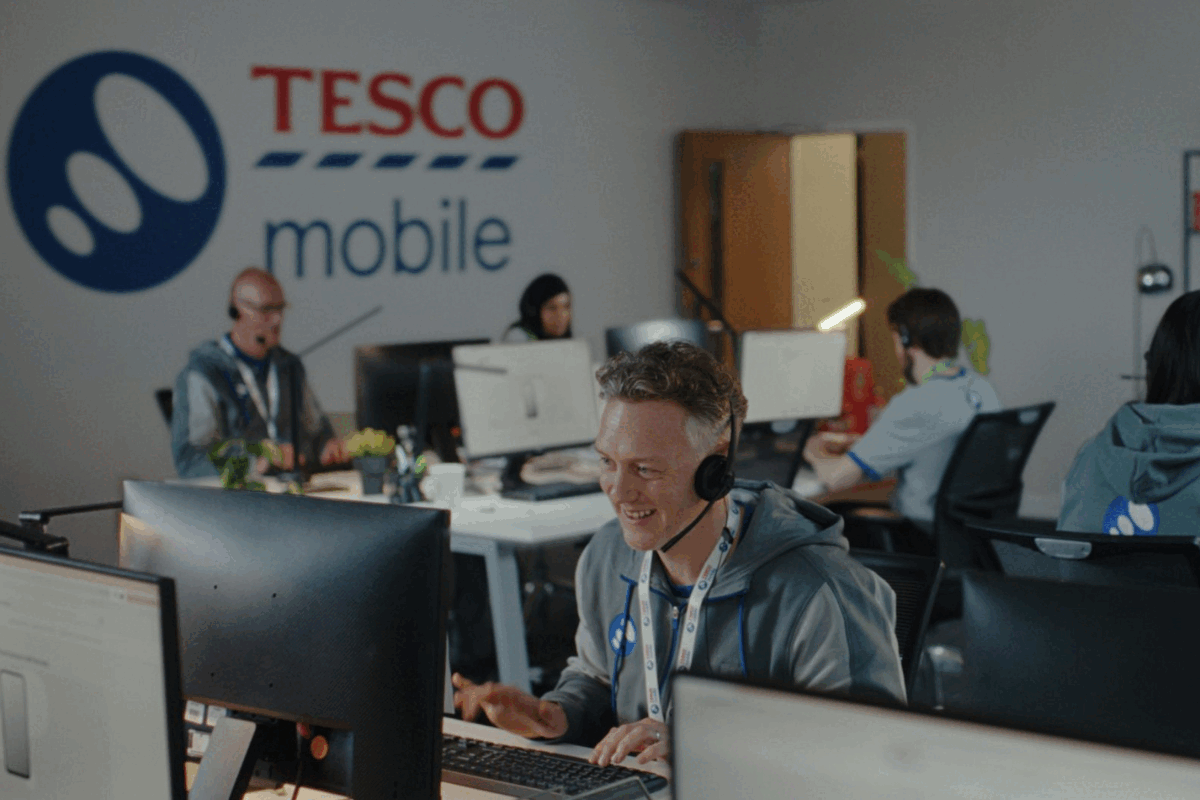Weve Launches Display Advertising Service
- Monday, June 30th, 2014
- Share this article:

Weve has launched its mobile display service, after a six-month beta period where it worked with 15 brands, including Tesco, Sony, Volvo and Halifax.
As a joint venture between the UKs three biggest mobile operators – EE, O2 and Vodafone – Weve has access to the data of 22m subscribers, which is then linked to their device using an identifier which is attached when it connects to 3G or 4G networks.
The service is thus able to verify that ad impressions are coming from real human beings rather than bots, reducing wastage. It also enables Weve to offer demographic targeting based on first-party data, rather than relying on probabilistic methods to identify users.
Of course, this capability is also available through the likes of Facebook and Twitters log-in systems, on an even larger scale. While product director Sean OConnell acknowledged that these companies persistent cross-platform tracking is something Weve isnt able to replicate, he said that not only is there “plenty of room for us all” in the space, but he believes the company has one USP even over these big players:
“Our data matching is based on CRM data given to us by operators: a name, an actual address,” he said – the point being that theres a limit to the information people are willing to give over to social networks, and that theres no guarantee of them giving accurate details.
“So, for example, if a bank is running a campaign to get people to switch accounts, we can compare the addresses of the people who sign up with our data – and youve got real world measurability. Thats not something you can really do in mobile today. No one is giving Barclays their Apple device ID.”
The data being compared in this instance is encrypted, OConnell was eager to point out. But looking at the reaction to Facebooks recent newsfeed experimentation this week, and back to operators marketing practices in the past – for example O2 Media which in 2012 moved to an opted-in-by-default policy for its O2 More service, the year before the company merged into Weve – its worth questioning how many of those 22m subscribers know their data is being used in this way.
Weve told us that a default opt-in isnt the case for its display offering, but the exact process by which users do opt in still seems to differ greatly between each operator – though of course, truly clued-in privacy-sensitive consumers will be able to take advantage of the persistent opt-out control the company launched at the end of last month.















